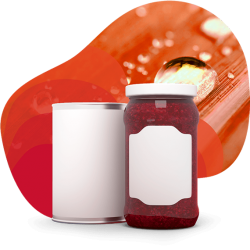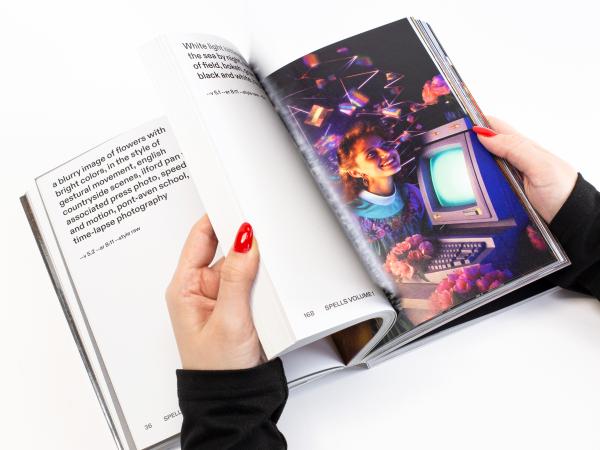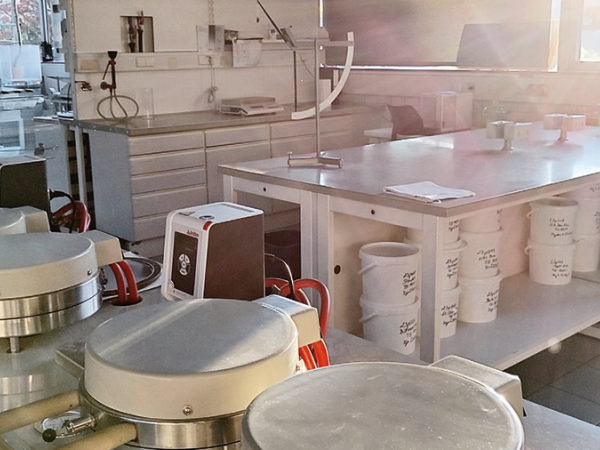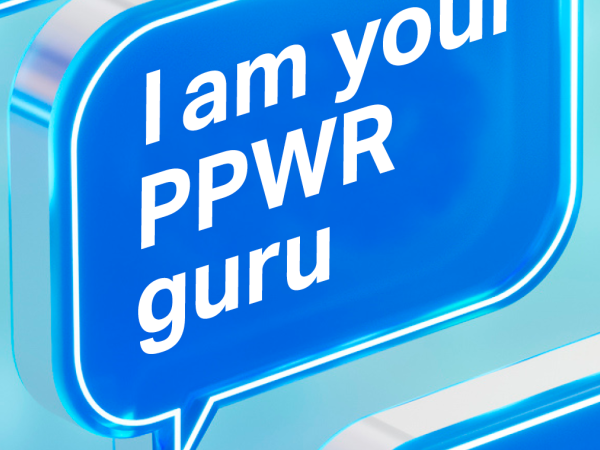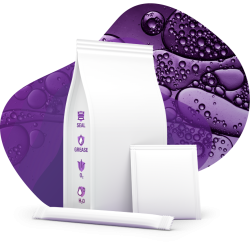
Multisensory marketing: providing purchasing impetus with paperboard

How do consumers perceive products and brands in an overstimulated world? What influences their purchasing decisions? Studies in neuropsychology and behavioral science show: multisensory signals are perceived faster and better. Paper or paperboard – of the thicker variety – is a comprehensive multisensory package that can promote the impulse to buy. Our world today is characterized by constant overstimulation and excessive demand. Between 3,000 and 13,000 advertising messages reach us daily, some 79,000 brands compete for our purchasing favor, and 15,000 products await purchase on the shelves of the average supermarket. As a brand manufacturer, one must often ask oneself: How can I set my product apart from the competition? How can I optimize the in-store incentive to buy? Those who understand the human response to brands and products in this overheated advertising world hold a clear advantage.
Packaging addresses all the senses
The fact is that 90 percent of buying decisions are made unconsciously. Customers are usually rushed, overwhelmed by the sheer volume of environmental stimuli and only minimally engaged. Most purchases are made on an intuitive and emotional basis, because that saves energy. The main drivers of buying decisions are seated in the subconscious and arise out of individual motives and aims. These aims can be addressed effectively via the senses. As a key vehicle for brand identity, packaging makes a valuable contribution to this. It communicates the functional as well as psychological benefit of the product at the point of sale – where we can experience the product with all of our senses. If the packaging convincingly promises the fulfillment of our aims, we buy the product. Importantly, the attractiveness of the product rises with the number of sensory impressions involved in making its quality or brand promise palpable.
Multisensory marketing – an integrated approach
Multisensory impressions engage our attention, heighten our memory performance, generate credibility, raise appreciation, and promote buyer readiness. For each additional sensory channel addressed, brain activity increases by a factor of ten. This means that making a quality or a value proposition perceptible by an additional sense results in 1,000% greater brain activity in the target group – enhancing the product's appeal, facilitating recall, and increasing repurchase rates. However, this multisensory reinforcement is only effective when all sensory channels receive the same message and when the conveyed associations are well-suited to the product claim.
Touch, the forgotten force in marketing
For a long time, marketing focused on just two types of sensory stimulus: sight (e.g., posters, TV advertising) and sound (e.g., radio and TV advertising). Even today, the other three senses are often relegated to a minor role. Yet the physical feel of a product strongly influences our willingness to buy. In a time of fake news and general skepticism toward advertising, the sense of touch is more valuable than ever. It is our "truth sense": while our hearing and sight may deceive us, our haptic sense doesn't lie. We use our hands to verify our visual impressions. Tactile confirmation delivers the assurance we are seeking, and we believe the product claim without further examination.
"Show me and I'll see, tell me and I'll hear, let me feel it and I'll believe!"
Customers who actually touch a product are generally more likely to buy than those who don't. This gives products that feel good in the hand a distinct advantage with the customer standing in front of the shelves. As a rule, however, it isn't the product itself that we first touch, but the packaging. The packaging must trigger positive associations and emotions, which the customer then projects onto the product.
Paper touches us – and spurs us to buy
In matters of sensory perception, paper is a real treat for the brain. Texture, smell, form and color, typography, and images are combined in a total multisensory package. Refinements to the paper's surface can further enhance its appeal. The haptic stimuli that are generated arouse various emotions in the consumer. When adeptly employed, paper or paperboard packaging can make a valuable contribution to sales success. This is confirmed by a current study in which the use of high-quality paper fundamentally raised consumers' motivation to buy. Refinements additionally increased consumers' attention and purchasing incentive. The higher the quality of the paper and refinements, the stronger the buying impulse. Of course, this is also true for paperboard – of which packaging is made. Caution, however: the assumption that thick paperboard and attractive embossing automatically pay off in terms of branding and consumer acceptance is no more true than the myth that "millions in clicks = millions in sales". There has to be a good fit between haptic appeal, brand, and purchase motivator. The same paper that works wonders for a cosmetics company can be a complete flop for an electronics manufacturer. For your brand to tap paper's full impact potential, this must be derived from the functional and psychological value proposition of the product and the brand. You, too, can utilize the insights of multisensory marketing for your brand success. Human beings have five senses and love it when the received stimuli form a unity. And devoting greater attention to haptic stimuli is especially worthwhile – in doing so, the attention of consumers will belong to you.
About the guest author:
Olaf Hartmann is a leading expert in the field of multisensory marketing. He is an entrepreneur, author, marketing consultant, and creator of the advertising impact model ARIVA, which describes the influence of the senses on customer attention, brand recall, the credibility of advertising claims, and buyer readiness.
Hartmann began his career in the international advertising department at Bayer AG and for seven years was a consultant at the Institute of Management at the University of St. Gallen. In 1995, he founded the agency Touchmore, which specializes in haptic brand communication, and since 2009 has been managing partner of the Multisense Institut für multisensorisches Marketing (Multisense Institute for multisensory marketing) as well as a member of the Gesellschaft zur Erforschung des Markenwesens (Society for the study of branding). In collaboration with advertising psychologist Sebastian Haupt, he wrote the marketing bestseller "Touch! – Der Haptik-Effekt im multisensorischen Marketing" and in 2018, commissioned by the Creatura industry initiative of f:mp (Fachverband Medienproduktion), authored the first international meta-analysis of the advertising effect of print.

